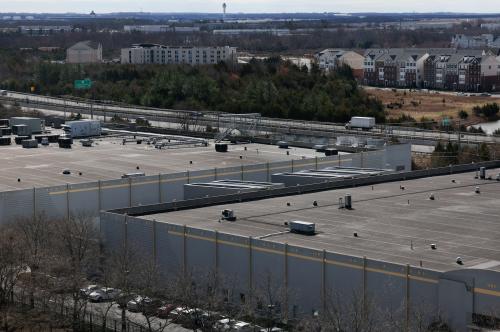To many, the U.S. military has rounded an intellectual corner in the last few years. There has been an increased emphasis on the ability to navigate the complex geographic and social patterns of simultaneously defeating a guerrilla army while winning tribal elders’ hearts and minds in the midst of perhaps the most rural, remote, and mountainous part of the world. Yet the rest of the world seems to be going in a different direction than the type of villages we are training for, which remain essentially unchanged from the time of Alexander the Great’s invasion to our own operations in rural Afghanistan. Rather than its rural history, the future of humanity lies in the cities
More than 40 percent of the world’s population already lives in cities with populations of more than 1 million. These staggering statistical trends are driving the evolution of the “megacity,” an urban agglomeration of more than 10 million people. Sixty years ago, there were only two: New York and Tokyo. Today there are 22 such megacities, the majority in the developing countries of Asia, Africa and Latin America. By 2025, there will be another 30 or more.
Most importantly, each of these cities is characterized less by its glittering skyline than by its “megaslums,” the miles upon miles of shantytowns and squatter communities that house millions of young, urban poor — the angry losers of globalization. What this means is that despite our understandable current focus on how to deal with tribal elders in the mountains of Afghanistan, the numbers tell us that the future focus of global security will most likely be an urban one.
This shift is not just because of the mass movement into the cities, but it is also because the city is increasingly where the anger that causes insurgency, terrorism and war originates. Moreover, these broken cities are their home turf, the more likely Sherwood Forest to any future insurgent or terrorist than a village or forest itself.
The lesson we should take away from these trends is that as important as the concern over the next year in Afghanistan or the looming rise of China is, policymakers must also be mindful that there are even broader changes afoot. For those who care about peace, the same lessons hold. One can either ignore these new domains, the non-strategy of merely hoping for the best, or stave off future conflict and crisis by establishing the norms and institutions needed to stabilize and regulate the new spaces shaping our world.
The Brookings Institution is committed to quality, independence, and impact.
We are supported by a diverse array of funders. In line with our values and policies, each Brookings publication represents the sole views of its author(s).



Commentary
Op-edThe Future of Land Wars: Intense, High-Tech, Urban, Coastal
November 30, 2011